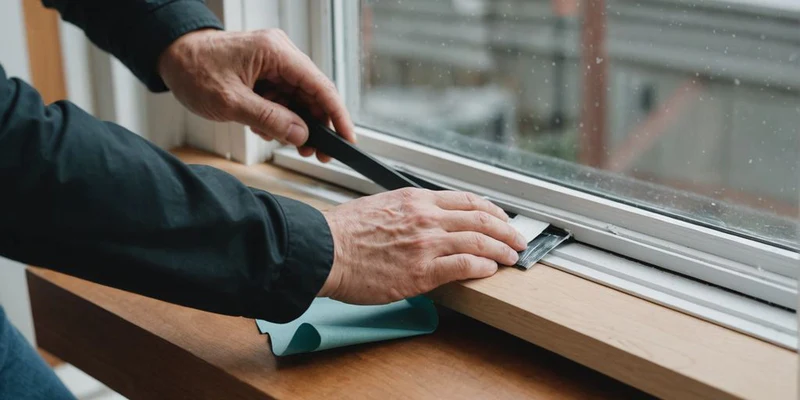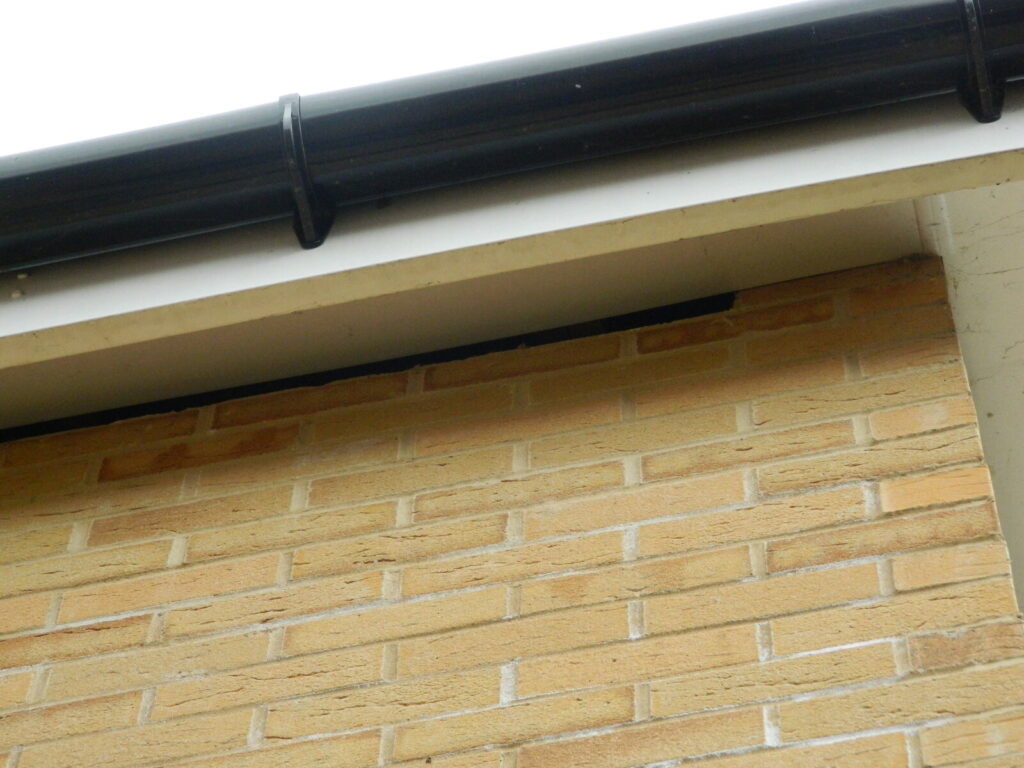Now Reading: Pest Proofing Homes: Laughing at Bugs While We Guard
-
01
Pest Proofing Homes: Laughing at Bugs While We Guard

Pest Proofing Homes: Laughing at Bugs While We Guard
Introduction
The moment you spot a roach doing the moonwalk across your kitchen counter, your dignity and appetite both take a hit. That’s where Pest proofing homes comes in—your secret weapon in the war on unwanted insects, rodents, and creepy crawlies. In this article, we’ll get practical, a bit cheeky, and walk you through how to turn your home into a fortress against household pests with humor, experience, and actionable steps.


Pest proofing homes – Start with a Thorough Inspection
What this really means is: don your detective hat and flashlight, and look for every crack, gap, and potential “bug-sized gap” that invites intruders. A crack around a pipe in your garage door track? That’s a red carpet for pests. Underneath siding? Welcome sign for rodents. Roof vents left unsealed? Mosquitoes RSVP’d.
During one spring inspection at my own humble abode, I found a teeny gap between siding and foundation that even a stink bug sashayed through. I patched it, and the stink bugs didn’t show up for weeks. That’s the kind of small victory we live for in pest proofing homes.
Key spots to inspect:
- Underneath siding edges
- Roof areas including roof vents and seams
- Around windows, doors, and door sweeps
- Cracks in foundation, walls, and around pipes
- Garage door bottoms
- Porch – where insects and spiders lurk
- Attic and insulation interfaces
A thorough inspection is your first line of defense in comprehensive pest-proofing. Skip or half-ass it and you’ll be fighting a losing battle against common pests.

Pest proofing homes – Seal, Caulk, and Block Entry Points
Here’s where we play architect and mason. Sealing cracks and applying caulk is as therapeutic as squeezing a stress ball—yet infinitely more useful. It’s also how you deny entry to bugs, rodents, and other nuisance wildlife.
Steps to seal entry points:
- Use silicone or polyurethane caulk around gaps
- Install door sweeps under exterior doors
- Seal around utility lines, pipes, and conduit
- Weatherstrip windows and repair damaged screens
- Close gaps around soffits, roof vents, eaves
Once I sealed a tiny gap at the corner of my porch, the nightly mosquito serenade died down. Suddenly, I was outdoors-friendly again. That, friends, is a win in the pest proofing homes playbook.






Pest proofing homes – Address Insulation and Moisture Issues
You might think insulation is just for energy efficiency—but unchecked, it becomes a playground for bugs, mold, and rodents. Insulation that’s damp invites mold/moisture issues and becomes a cozy nook for insects like termites or even ants.
What to do:
- Choose proper insulation that resists moisture
- Ensure ventilation in attics and crawl spaces
- Fix leaks promptly in roof, plumbing, gutters
- Keep insulation away from exterior walls that get wet
- Monitor for mold and address it immediately
If you ever pull back a bit of insulation and find a colony of ants having a meeting down there—you’re not alone. A friend of mine once found a rat family living behind her wall insulation and invited me over just to show off. We promptly evicted them using pest control methods and sealed the wall. Now that’s how you merge home improvement with a guest story.
Pest proofing homes – Exterior Defenses Against Intrusions
Your home’s exterior is the first battlefield against many insects and rodents. You need to make sure outside doesn’t translate to “come on in.” A slip in the exterior setup will haunt you with unwanted intrusions.
Exterior defenses include:
- Proper landscaping to keep foliage off siding
- Maintaining a clean perimeter (no leaf piles, wood stacks against house)
- Sealing cracks in siding, masonry, foundation
- Installing screens and covering roof vents
- Applying insecticide or barrier sprays around foundation
I once left a pile of firewood leaning up against my house. Two days later, ants and roaches started treating it like a buffet. Lesson learned: maintain that clean buffer zone, folks. That’s part of real-life residential pest control.
Pest proofing homes – Garage, Porch, and Door Defenses
Garages and porches are like the VIP entrances to your house—for pests. Unsealed garage door bottoms, cluttered corners, or open garage doors invite rodents and moths like toddlers to candy. A neighbor’s garage became a moth hotel overnight; she had to call a pest control professional to evict them.
Defensive steps:
- Use a tight-fitting bottom seal on garage doors
- Keep clutter away from garage walls and corners
- Seal porch cracks and corners
- Use door sweeps on all external doors
- Repair or replace damaged screens
I once installed a spring-loaded door sweep on my back door, and suddenly the lice-level bug show dropped by 70%. That’s how pest proofing homes really pays off.
Pest proofing homes – Use Smart Pest Management & Control Tactics
Calling the cavalry—sometimes you need professional backup. Cockroaches? Bed bugs? Rodents? It’s time for pest management services or a pest removal service. Before that, though, use integrated tactics: inspection, traps, exclusion, and targeted pesticide use.
Smart tactics include:
- Monitor using traps and sticky boards
- Use insecticide or pesticide judiciously (follow pesticide recommendations)
- Rotate methods to avoid resistance
- Combine with physical exclusions and cleaning
- Engage a pest control company or pest control professional for recurring or dangerous pests
When I tackled a bed bug invasion—no, it wasn’t glamorous—I combined mattress encasement’s, heat treatment, and a professional pest control team. It worked. I slept normal again.
Side note: the National Pest Management Association promotes practices like this in the industry. If they approve, it’s likely good practice in your local area too.
Pest proofing homes – Rodents, Bugs, and Nuisance Wildlife
Once you’ve sealed gaps, installed screens, and cleared clutter, the remaining threat are the clever ones: Rodents, mosquitoes, bed bugs, stink bugs, and the like. Let’s get surgical.
Rodents
- Seal large holes (½ inch or bigger)
- Use metal flashing in vulnerable areas
- Keep food in sealed containers
- Clean up spills immediately
Insects and Bugs
- Use bug spray, insecticides, or mosquito control treatments
- Use fans or screens on porch to discourage mosquitoes
- Regularly vacuum and lint-trap–bed bugs hate disturbance
- Be vigilant about stink bug season and sealing window gaps
A few summers ago mosquitoes so badly haunted my patio I considered moving into the house permanently. But embracing mosquito control methods (larvicides in gutters, barrier sprays, fans) solved that. I’m back to sipping iced tea outdoors again—pest victory.
You might also like these life hacks:
1. I finally stopped murdering my basil after reading Herb and Vegetable Growing Indoors like a Pro, and now my kitchen smells like an Italian restaurant on payday.
2. You haven’t truly lived until you’ve tried the tricks in Weed Removal Hacks That’ll Outsmart Mother Nature—it’s like revenge gardening, but greener.
3. I’m all about results with minimal effort, which is why Lawn Care Shortcuts: Smart Tricks for Lazy Perfection felt like it was written by my future self holding a lemonade.
4. After seeing my water bill, I dove into Water Saving Irrigation Techniques: Smart Tips for Efficient Irrigation, and let’s just say my plants are thriving while my wallet finally stopped crying.
Pest proofing homes – Why You Need Professional Pest Control Help
If after all your clever sealants, sprays, and traps you’re still seeing visible pests, it’s time to call in experts. A pest control company or pest removal service brings tools, expertise, and stronger interventions.
Pros may offer:
- Termite inspections
- Rodent trapping systems
- Fumigation or heat treatments for bed bugs
- Ongoing pest management services
In my first house, I tried DIY pest control for weeks before admitting defeat—and that call to a pest control professional finally eradicated the roaches. A humbling lesson, but effective.
Pest proofing homes – Maintenance, Monitoring, and Home Improvement
You can’t “set and forget” your defenses. Like a garden, your home needs regular care.
Ongoing practices:
- Monthly inspections for cracks or new gaps
- Seasonal checks (spring, fall) for entry points
- Monitor traps or sticky boards
- Keep vegetation trimmed away from structure
- Refresh sealants and weather stripping as needed
- Check for mold or moisture leaks that attract pests
One year I ignored a drip in the roof. That drip invited mold, and mold drew roaches. A cascade failure in pest defense. Don’t be me—fix leaks early and maintain your barriers.
Conclusion
So here’s what this all adds up to: if you put in the effort—inspecting, sealing, excluding, monitoring, and occasionally calling pros—you’ll drastically lower the odds of creepy crawlies crashing your home party. Pest proofing homes isn’t rocket science, but it is a discipline.
You’ll become your own home pest control strategist, sentencing roaches, pests, and rodents to eviction. And when your friends ask what changed, just smile and say, “I leveled up my pest-proofing game.”


























